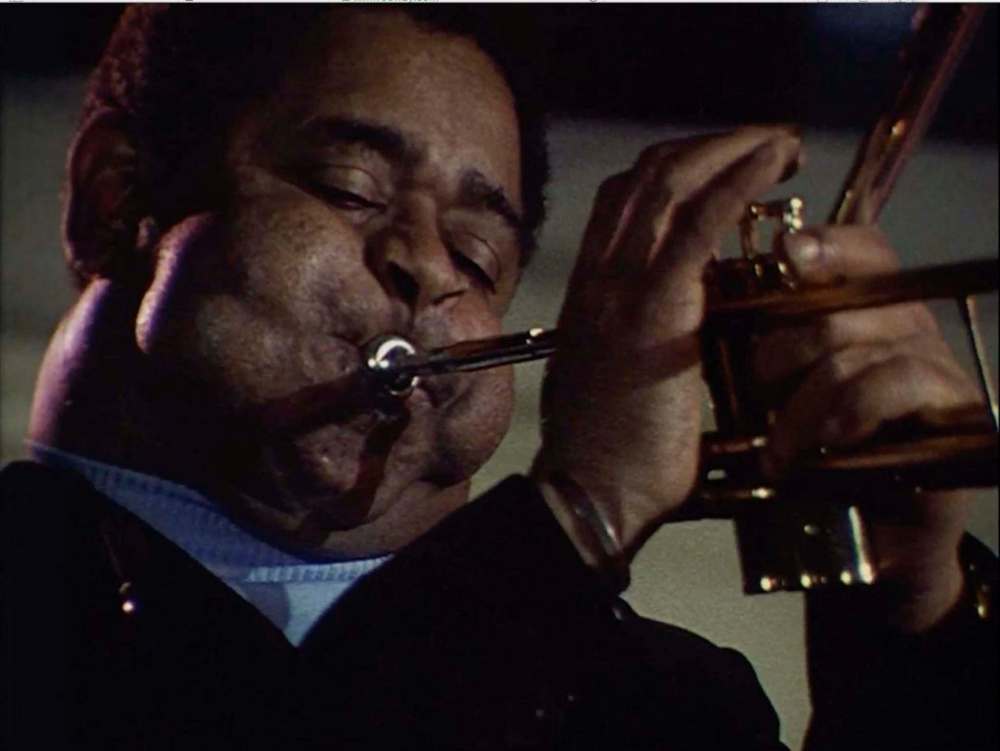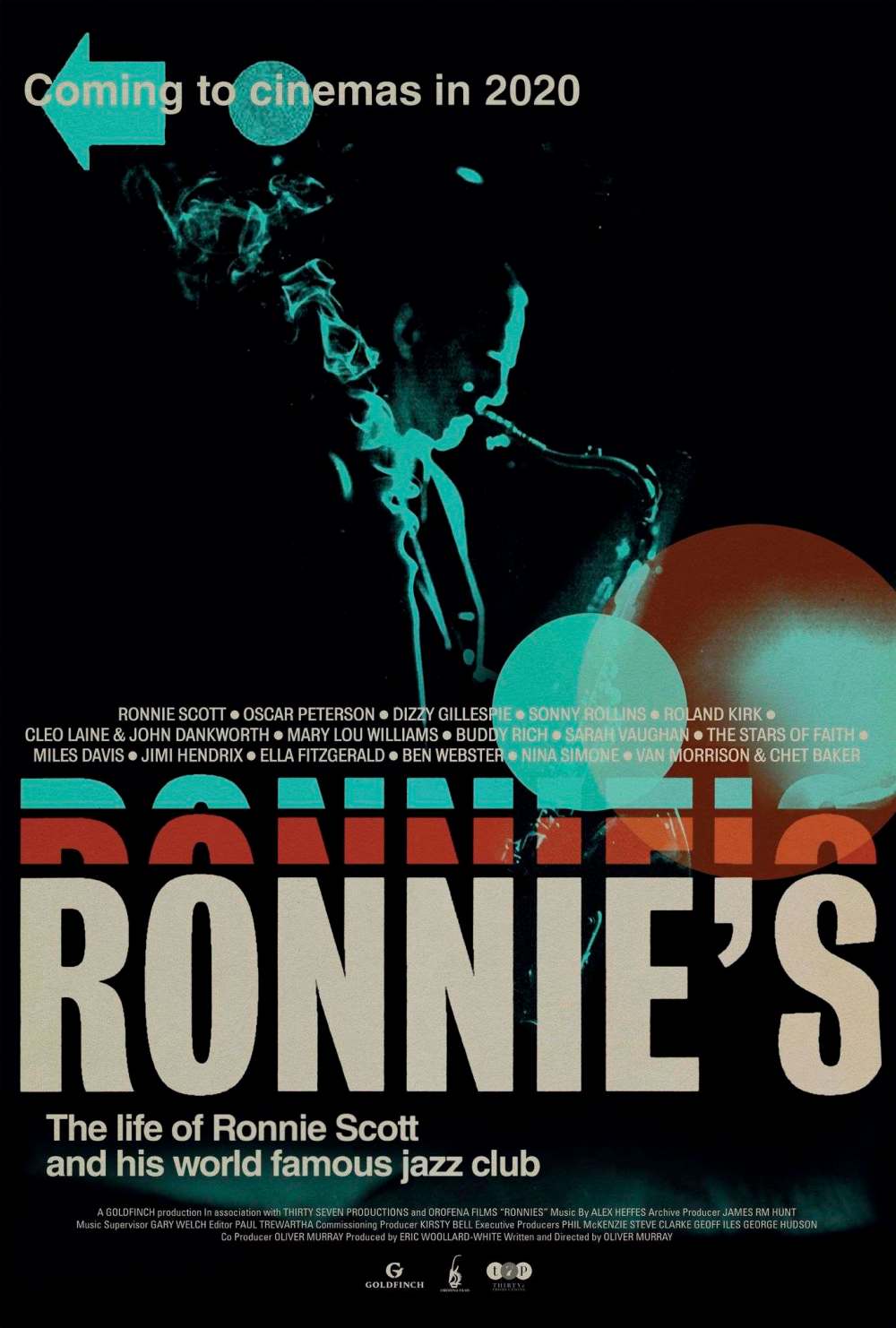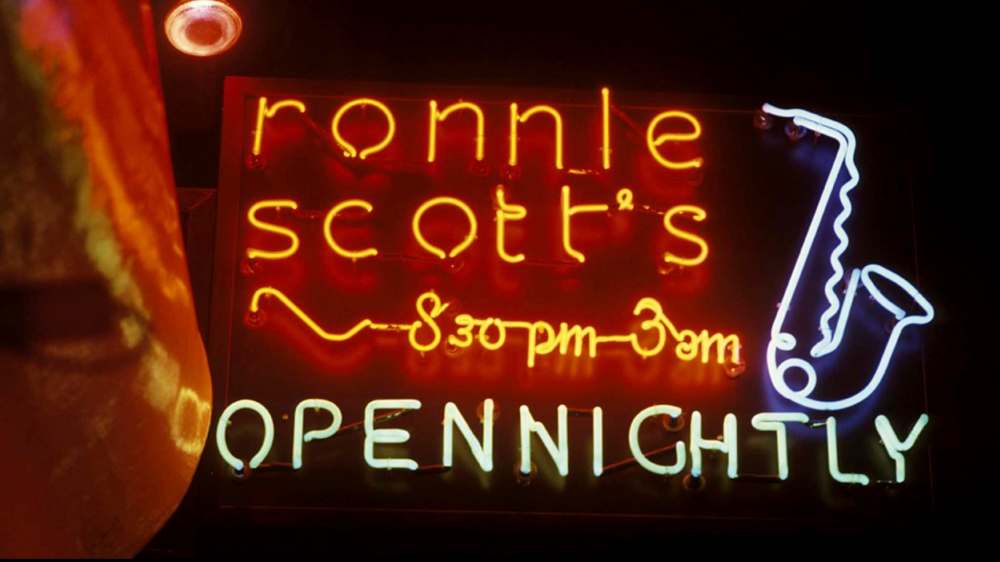Doc takes viewers to smoky London jazz club
Advertisement
Read this article for free:
or
Already have an account? Log in here »
To continue reading, please subscribe:
Monthly Digital Subscription
$1 per week for 24 weeks*
- Enjoy unlimited reading on winnipegfreepress.com
- Read the E-Edition, our digital replica newspaper
- Access News Break, our award-winning app
- Play interactive puzzles
*Billed as $4.00 plus GST every four weeks. After 24 weeks, price increases to the regular rate of $19.00 plus GST every four weeks. Offer available to new and qualified returning subscribers only. Cancel any time.
Monthly Digital Subscription
$4.75/week*
- Enjoy unlimited reading on winnipegfreepress.com
- Read the E-Edition, our digital replica newspaper
- Access News Break, our award-winning app
- Play interactive puzzles
*Billed as $19 plus GST every four weeks. Cancel any time.
To continue reading, please subscribe:
Add Winnipeg Free Press access to your Brandon Sun subscription for only
$1 for the first 4 weeks*
*$1 will be added to your next bill. After your 4 weeks access is complete your rate will increase by $0.00 a X percent off the regular rate.
Read unlimited articles for free today:
or
Already have an account? Log in here »
Hey there, time traveller!
This article was published 20/03/2021 (1658 days ago), so information in it may no longer be current.
For jazz buffs, the documentary Ronnie’s is nothing less than essential viewing.
A portrait of a legendary London jazz club, the doc by writer-director Oliver Murray exploits riches of archival material from the club itself, including performances by the likes of Ella Fitzgerald, Nina Simone, Oscar Peterson, Sarah Vaughn, Buddy Rich, Sonny Rollins, Dizzy Gillespie and Roland Kirk, a blind musician given to playing three saxophones simultaneously.
Because club owner Ronnie Scott liked to colour outside the lines of conventional jazz bookers, we are also treated to musical curiosities, such as a melancholy duet between Chet Baker and Van Morrison on the song Send in the Clowns. Alas, there is only some surviving audio of Jimi Hendrix sitting in on a 1970 gig by Eric Burdon and War, the last gig Hendrix would ever play… at Ronnie Scott’s club.

Mainly, the film is a celebration of the place itself, a jazz club created by jazz musicians — both Scott and his partner Pete King were accomplished saxophonists — for jazz musicians.
Scott was a Jewish kid from London’s East End who played for some of the famous British big bands before he found himself enticed by the more challenging realm of American bebop as exemplified by another sax man, Charlie Parker. (Scott tells a story of being turned onto Parker by Art Pepper, who told him, in effect: If you think I’m good, you should hear Charlie Parker.)
Parker is one of the few jazz greats who didn’t play in Scott’s club, but many did, especially when the club moved from its original basement digs to a three-storey venue on Frith Street in Soho.
The story of the club is, in a way, the story of how jazz evolved, with Scott being one of the more important guiders of that transition in Britain. He was aided by King, who ran the business side of things while Scott handled the more creative end of lining up an array of formidable talent.
From a filmmaking perspective, the doc is fascinating for director Murray’s insistence on telling the story almost entirely via archival footage. Murray employs an array of impressive expert witnesses to the club’s history in contemporaneous interviews, including Quincy Jones, Georgie Fame and Sonny Rollins. But he never uses talking heads-footage of his subjects, instead using them as voice-overs to this glorious older footage.

What footage it is! The images of London throughout the late 20th century are simultaneously enticing and wistful, from the fleshpots of Soho to the smoky interiors of both incarnations of Ronnie’s club, populated as it was with the famous (we catch glimpses of Mel Brooks and Spike Milligan) to the infamous gangsters who frequented the club.
Murray also doesn’t delve too deeply into Scott’s romantic life, but we do hear from both Mary Scott and Françoise Venet, both of whom are described as Scott’s “partners” without explanation. Both women, along with Scott’s daughter, Stella, give perspective to how Scott eventually succumbed, not to drugs or drink, but depression.
But the portrait of Ronnie Scott that dominates, thanks to an abundance of archival interviews, is a droll cool cat who described his job as sitting in the club watching some of the best musicians of his day perform mere metres away from him. That, one imagines, is how he would like to be remembered.
randall.king@freepress.mb.ca
Twitter: @FreepKing


In a way, Randall King was born into the entertainment beat.
Our newsroom depends on a growing audience of readers to power our journalism. If you are not a paid reader, please consider becoming a subscriber.
Our newsroom depends on its audience of readers to power our journalism. Thank you for your support.

